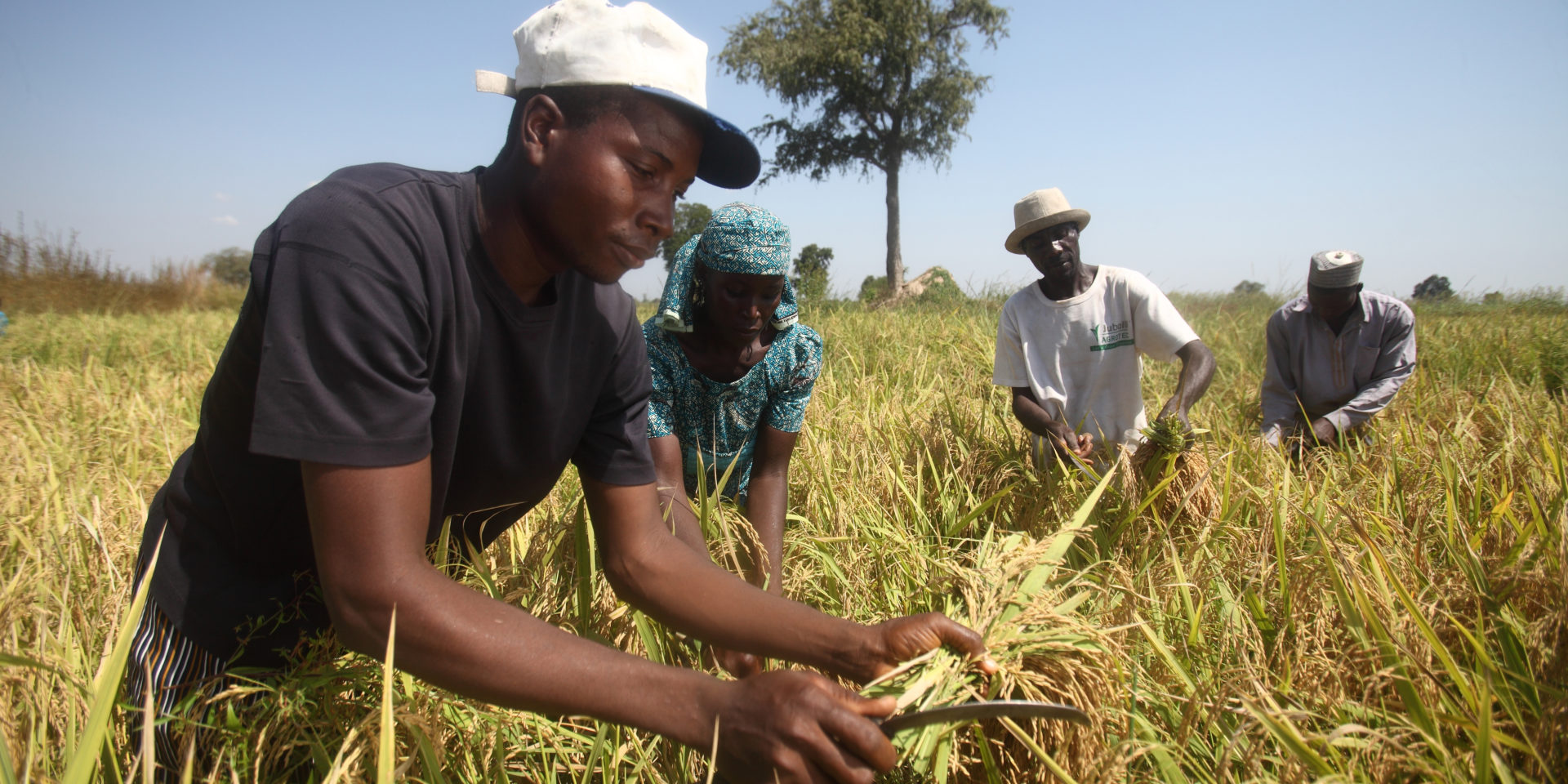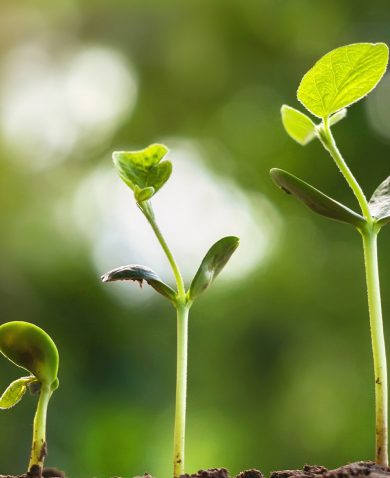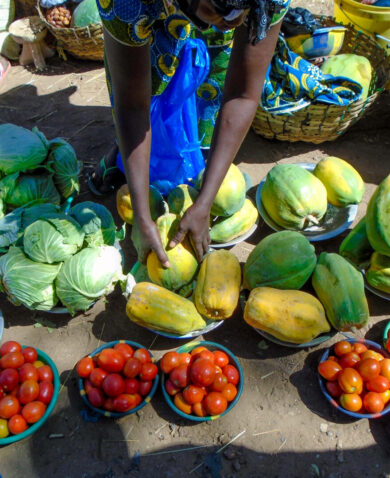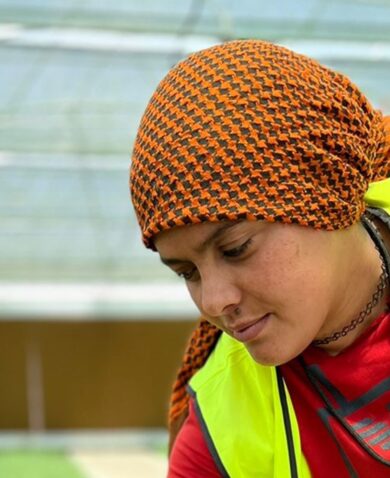
3 Questions with Aliyu Samaila on Improving Agriculture
June 4, 2015 | 3 Minute ReadThe Maximizing Agricultural Revenue and Key Enterprises in Targeted Sites II (MARKETS II) project in Nigeria enhances agricultural productivity and incomes by building farmers’ capacity to maximize yields and respond to market demands.
What is new or different about what this project is doing that could have implications for other agriculture initiatives?
What’s different about this project is the involvement of the private sector from the time of conceptualizing an idea. For example, look at rice. When we met with the rice processors and asked what their challenges were, they told us that they had set up huge rice mills, they wanted to be processing rice, but they wanted rice that would be on par with the quality of imported rice. The local varieties had been short rather than long-grain, and those that cooked it complained that it stuck to the pan. They didn’t want rice like that. So we gave those rice mills about 10 different varieties of rice to test, and asked them tell us the ones that matched their specifications. They selected four, and told us that if we could get farmers to grow those four varieties, they were ready to buy everything the farmers produced.
So we took them back to the field and told the farmers: “There is a market for this. People are ready to pay for it.” And now, almost every rice farmer in Nigeria grows these varieties. There is increasing demand, there are new mills that are coming up, and everybody wants this long-grain rice. So I think this is one legacy of MARKETS. It shows that when you involve those who want a particular commodity from the outset, you have laid down the foundation for sustainability. The farmer has more product to sell, and he knows where to sell it. And the processor is guaranteed to have the raw materials in the right quality and quantities.
How has the project engaged women and youth and why is this important?
For whatever number of farmers we are going to work with, we insist on getting 50 percent women and at least 30 percent youth. We look to engage women and youth not only in production, but in the agricultural services—the processing, the imports, the mechanization—every aspect of the value chain.
It’s very important because we target households, and when the woman is fully involved, the entire household gets involved and it cascades down to every member of the family. In Nigeria, certain cultural issues deny women access to lands and other things required for successful implementation of agricultural activities. But we’ve found women really want to participate. Usually, we require about one hectare of land (to participate in the program), but women and youth are welcome even if they have less than that, so as to encourage them. That in itself has opened up opportunities for those who ordinarily would not have participated. Within a year or two, you see them fully engaged and reaching the stage that we expect them to.
What do you find most exciting about the work that you are doing?
What is exciting about this project is that it is so flexible. When we see an opportunity that will make a difference, it doesn’t have to be in the plan. Initially, MARKETS’ focus was just on two or three commodities. Then we moved to seven. All the time, we find new opportunities arise. For example, there was a situation involving internally displaced people, and we started training them on microenterprise fundamentals. There was an outbreak of avian influenza—we went out to train chicken handlers on best practices. When Ebola broke out, we made fliers to educate our farmers on it. That’s MARKETS. When there’s an opportunity, we seize it and we do what we can. Somebody asked me just last week, “Is there anything you don’t do?”

























